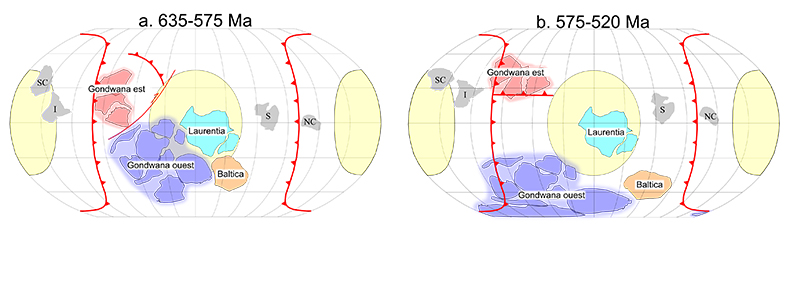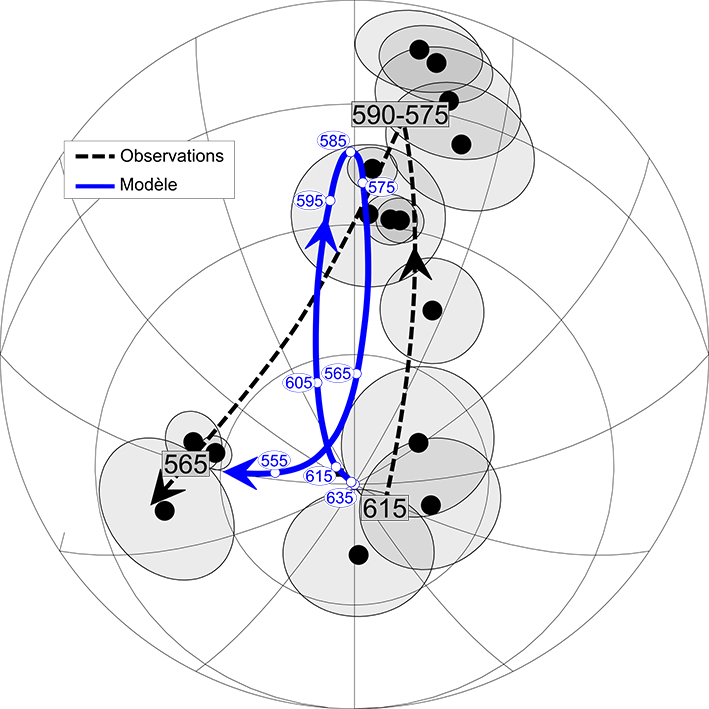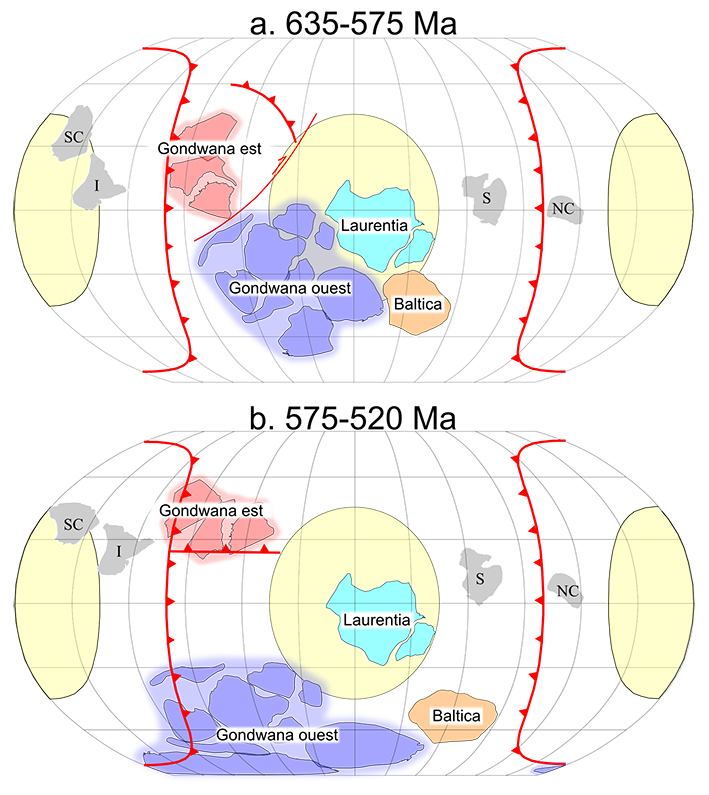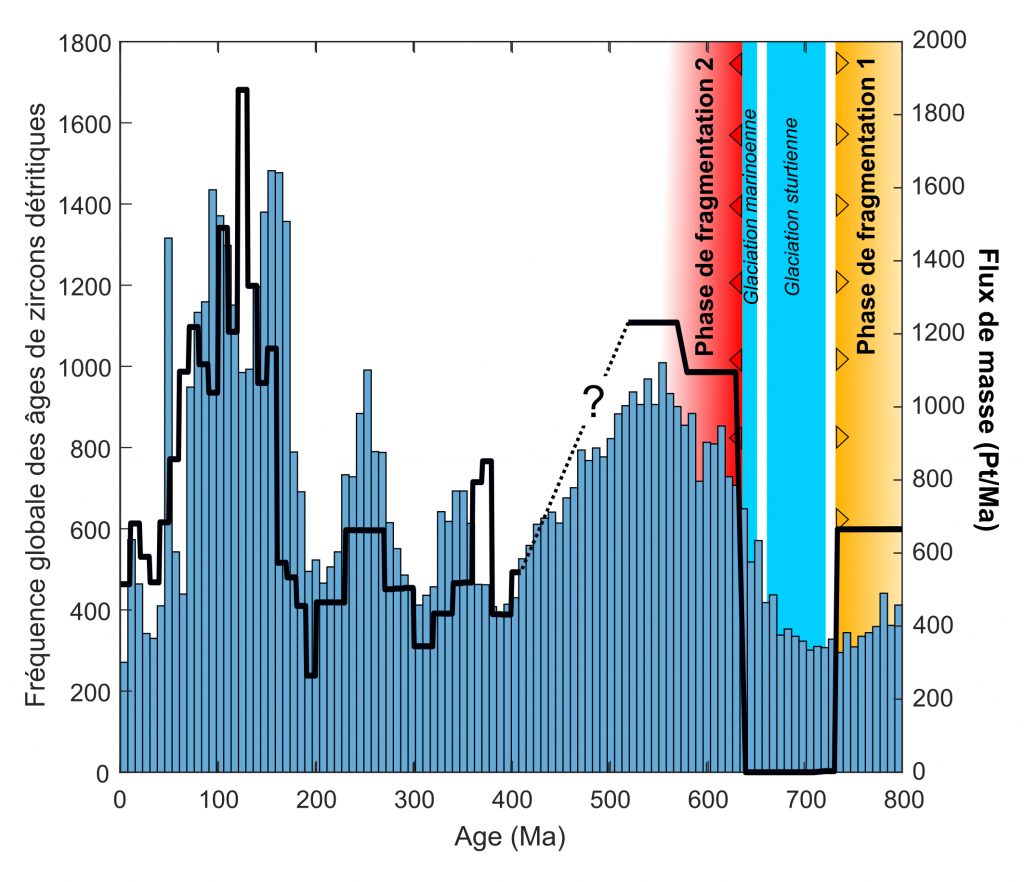When the Earth wobbled…
A sharp global drop in subduction flow around 700 Ma ago, at the origin of a very large pole drift in the Ediacaran?

Publication date: 25/02/2019
General public, Press, Research
Related teams :
Geomagnetism, Paleomagnetism
Related themes : Origins










